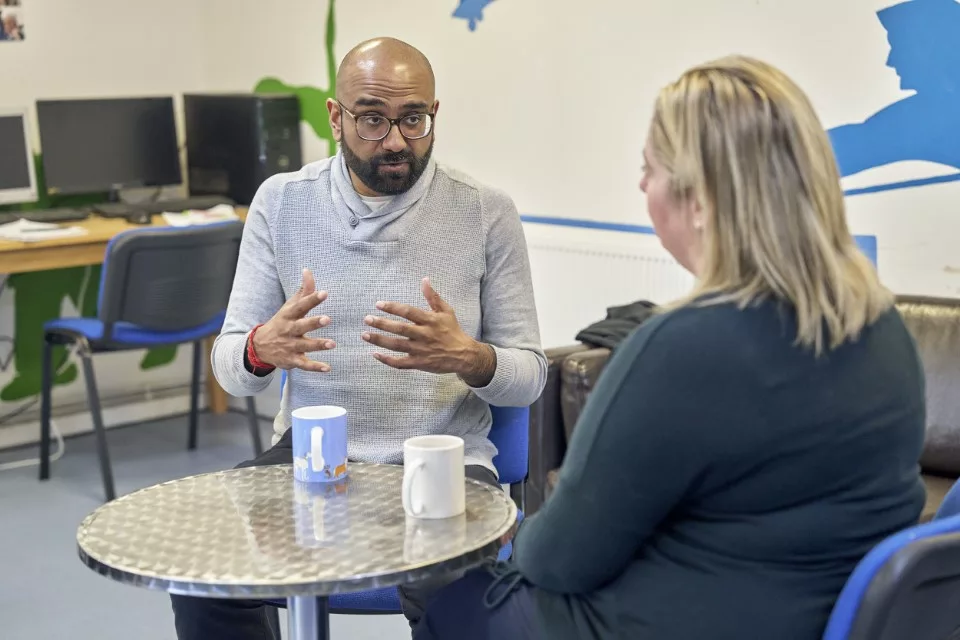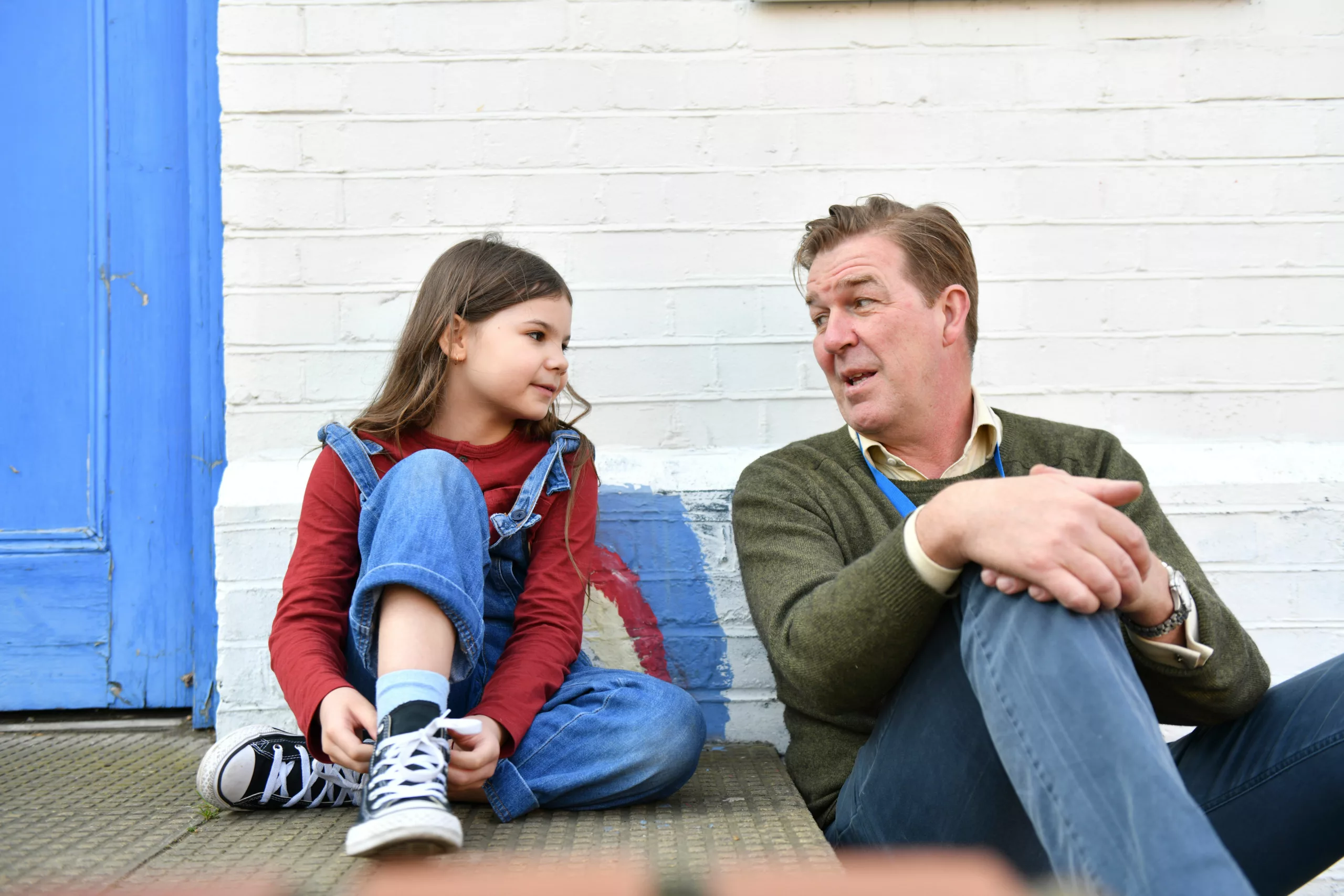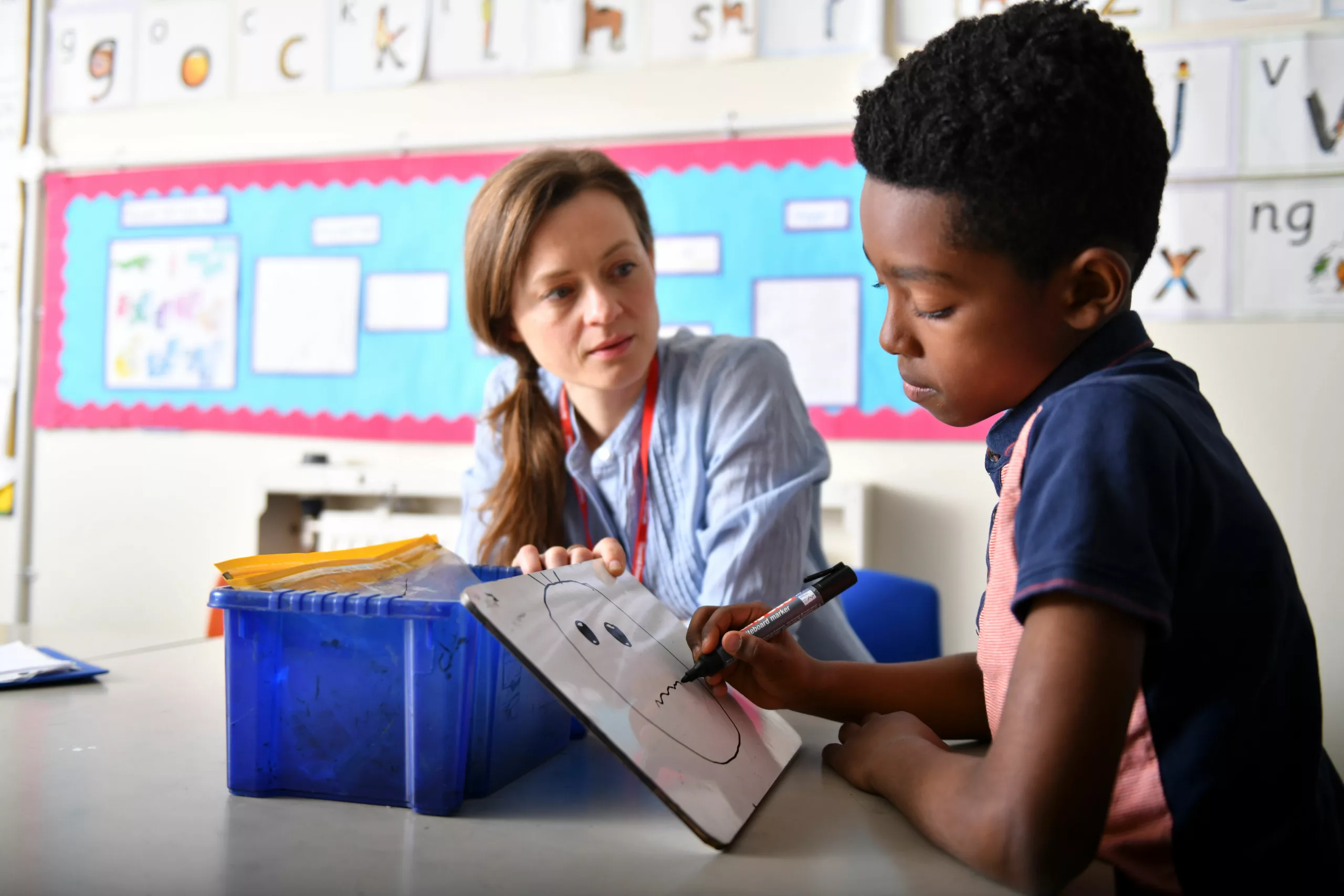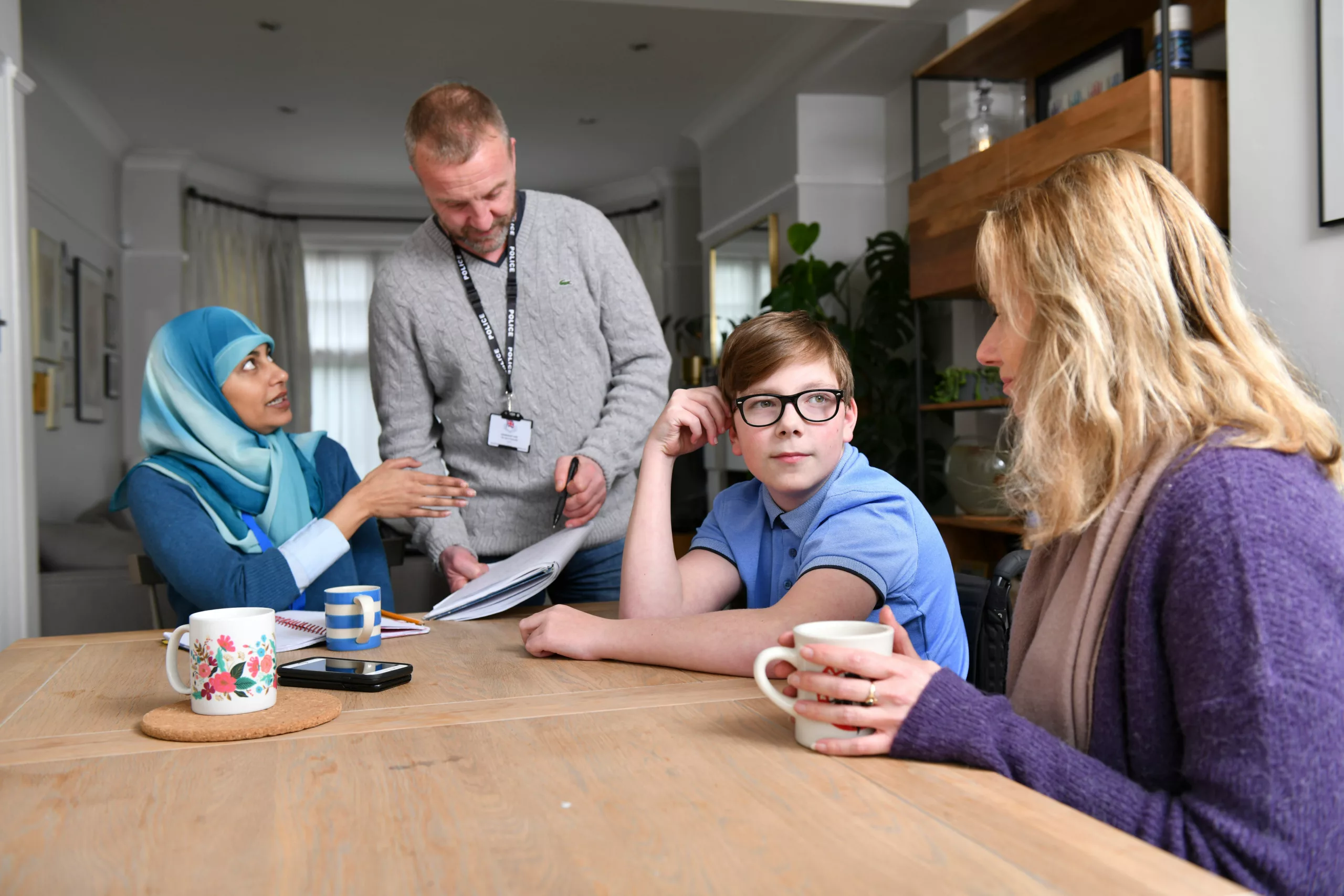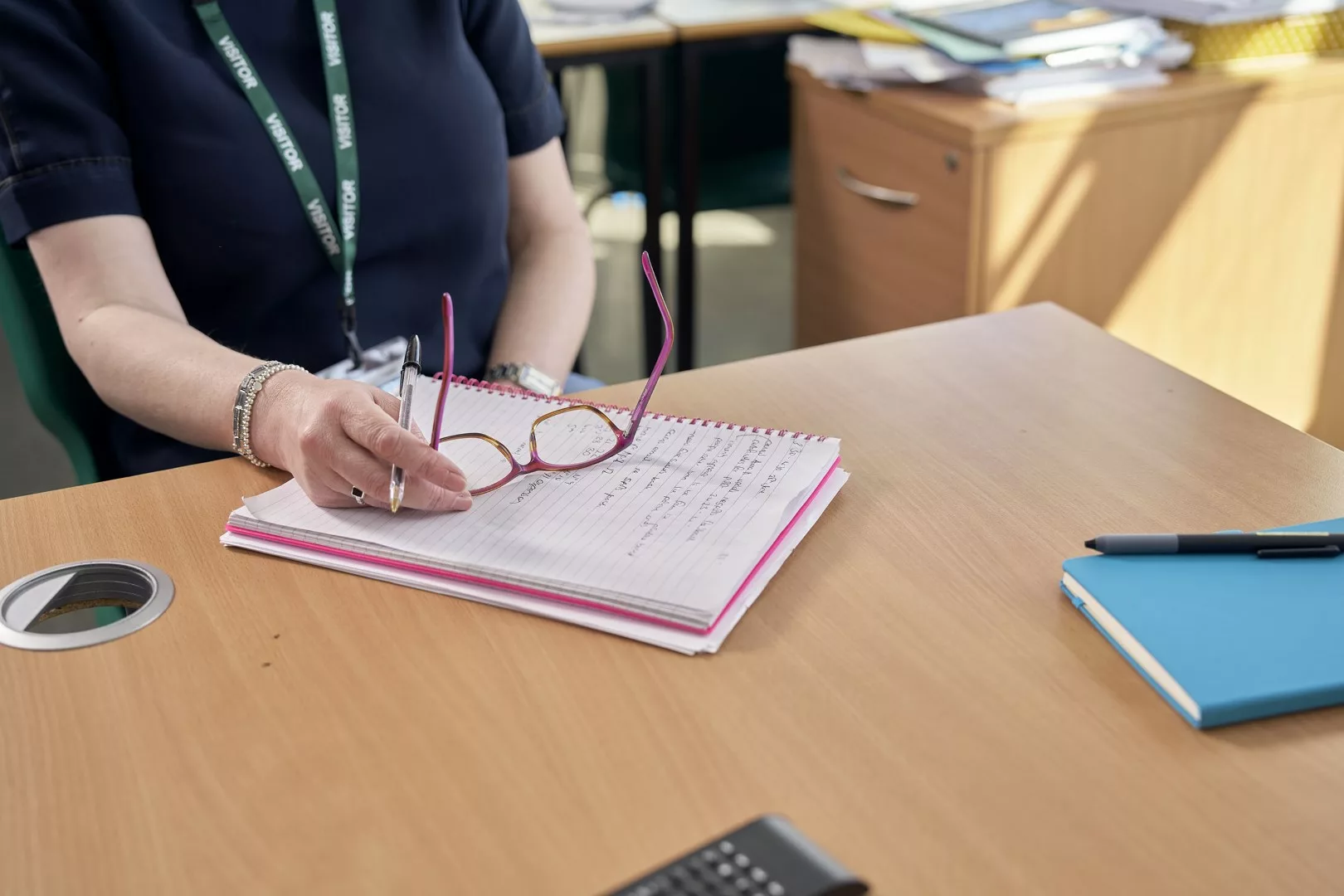
Child Sexual Abuse Response Pathway
An interactive online resource to guide professionals through how they can protect and support children and their families when there are concerns of sexual abuse.
This step by step resource is centred on children’s needs, how they are feeling and what they hope will happen.
It is designed to support professionals in identifying and responding to child sexual abuse, and empower them to learn more about the role they, and their colleagues, can play to best protect and support children.
It doesn’t just tell professionals what to do, it helps them understand how to do it.
The Response Pathway sets out how to respond to concerns of child sexual abuse at key points: from first concerns and early help safeguarding through to child protection and criminal justice responses. Throughout, it focuses on meeting the needs of children and their families.
Use the Response Pathway
Start using our new interactive online resource today to guide your response to concerns of child sexual abuse.
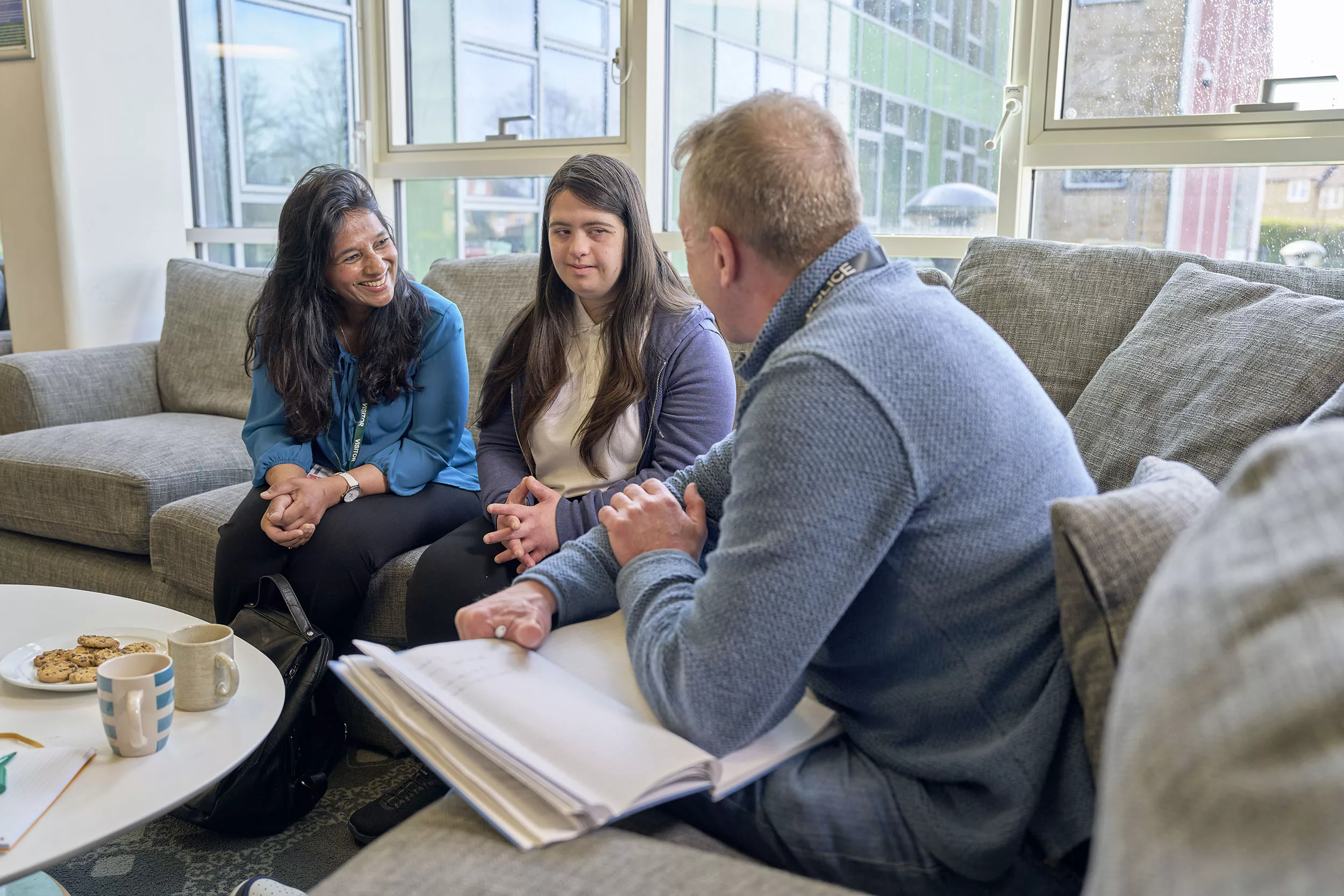
Putting the Response Pathway into practice
We have prepared a guide for local partnerships to support introduction of the Response Pathway in their locality
FAQ
All you need to know about our new step-by-step resource:
The CSA Centre’s Response Pathway is an interactive online resource designed for professionals working with children, to help them understand the steps they can take to protect and support young people and their families.
It sets out how to respond to concerns that a child may be being sexually abused at key points: from first concerns and early help safeguarding through to child protection and criminal justice responses. Throughout, the Response Pathway focuses on meeting the needs of children and their families.
One in ten children in England and Wales will experience some form of child sexual abuse before the age of 16, yet most of this abuse is currently not identified or responded to.
Surveys indicate that sexual abuse is as common as other forms of childhood abuse, such as emotional abuse or neglect, but it is much less likely to be identified by professionals. Those working with children need a clear understanding of the specific actions and steps they can take when they are concerned a child may be, or has been, sexually abused, to ensure the safety and well-being of every child.
The Response Pathway is designed to empower professionals to understand the role they, and their colleagues, can play to best protect and support children.
The Response Pathway was developed by the Centre of expertise on child sexual abuse (CSA Centre). It combines research evidence with input from cross-agency practice leaders and in-depth consultation with victims and survivors, including young people.
By amplifying the voices of children and adults who were sexually abused in childhood, our ambition is to encourage professionals to use the Response Pathway to learn what the children they work with want and need, and apply that in practice keeping their safety and wellbeing front-of-mind throughout the response.
We have piloted the introduction and rollout of the Response Pathway in three local authority areas: Barking and Dagenham, Bristol and Lincolnshire building in their feedback and also learning about what helps and what hinders implementation of the Response Pathway throughout an organisation.
We have drawn on this learning to provide a guide for local partnerships, Starting out on the Child Sexual Abuse Response Pathway, to help them prepare and implement the Response Pathway to improve the response to families of children who are sexually abused.
As an interactive online resource, the Response Pathway builds on current legislation and statutory guidance and national policies and procedures providing specific advice on responding to child sexual abuse.
The Response Pathway provides clarity on professional responsibilities and opportunities to support children. Clearly outlining the steps to take and the actions required at key stages in the safeguarding and protection process. Importantly, this advice is centred meeting children’s needs, how they are feeling and what they hope will happen.
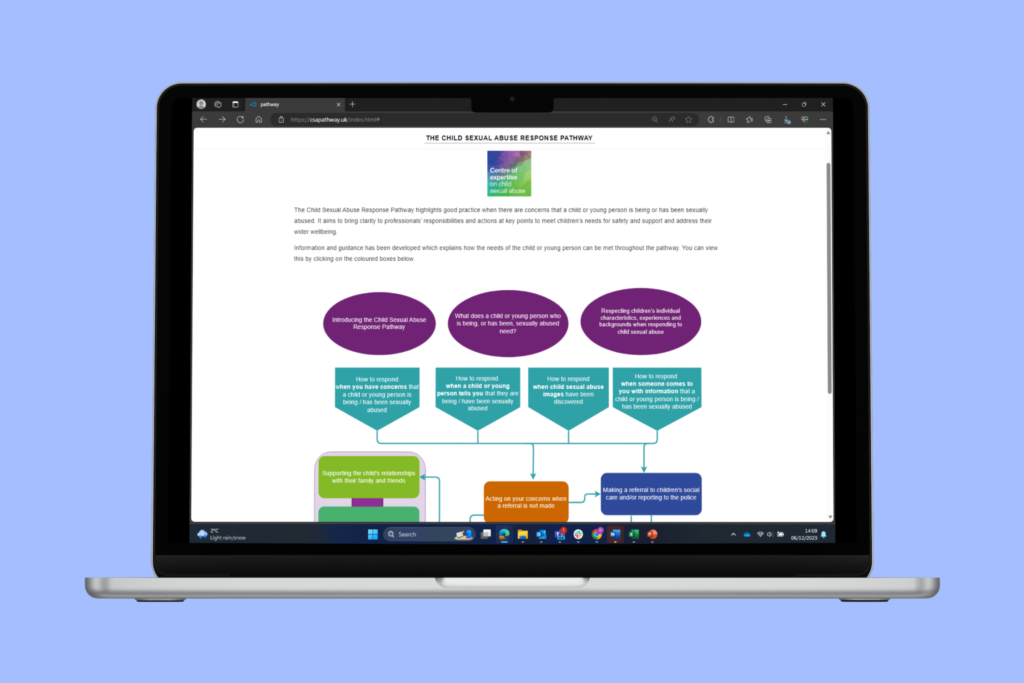
The Response Pathway was created for all professionals working with children. It’s particularly helpful for social workers, teachers, police officers, health professionals and those in the voluntary sector who work with children and families.
Professionals can use the Response Pathway to help inform and guide the steps they take to protect and support children if they are concerned they are being, or may have been sexually abused. The Response Pathway sets out what you can and should do at different points along the response and will help professionals understand the roles of other professional colleagues.
The Response Pathway is designed to support consistent responses across teams and agencies and organisations within local areas. To help individual agencies and organisations or Local Safeguarding Children Partnerships to implement the Response Pathway we have published a guide for local partnerships, Starting out on the Child Sexual Abuse Response Pathway, which draws on the learning of the three local areas that have piloted the Response Pathway.
The CSA Centre is hosting a series of one-hour webinars over the coming months, free of charge and available to all, to explain more about the Response Pathway and how it can be implemented locally. Details of the webinars will be listed on this page soon or email info@csacentre.org.uk let us know if you are interested and we will be in touch when they launch.
The Response Pathway builds on current legislation and statutory guidance and existing national policies and procedures to provide specific advice on child sexual abuse.
The resource provides clarity on professional responsibilities, clearly outlining the steps to take and the actions required at key stages in the safeguarding and protection process. Importantly, this advice is centered around the needs of the child, how they are feeling and what they hope will happen.
Yes. The Response Pathway is free to use, share and come back to. We welcome feedback from professionals about how they have used it in practice and any suggested improvements they have.
Throughout the Response Pathway we highlight CSA Centre practice resources – all of these including the CSA Centre’s Signs and indicators template, Communicating with children guide and Supporting parents and carers guide, are free to download from our website.
Supporting resources
Discover other resources for professionals from the CSA Centre.

